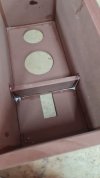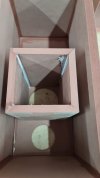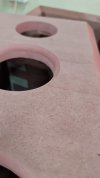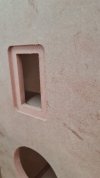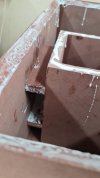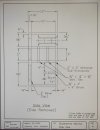keith_correa
Well-Known Member
Brilliant, this! Thanks much!Another option for glue, which I found out with the help of the owner of the above website is: https://mccoymart.com/buy/essr-bond-ms-40-600ml-high-modulus-sealant/
(I have a bottle of this glue in hand but yet to try out in an actual build) It is supposed to have similar properties as Weicon Flex.
In the build the mid is open back so not sure how much of a +ve impact the CLD will have. If you are in touch with "augerpro" - can you ask him if he thinks it's worth going the CLD route with an open back mid?The author of the above website has found through an extensive set of experiments that such a CLD construction (along with appropriate cabinet inner wall lining and driver mounting methods all given in website) significantly reduces panel resonances in the midrange band and can make audible differences in performance.
Were you going to build the box yourself?Complicated stuff this and may be beyond my capability. Any pointers who could do this in Mumbai?
Last edited:


